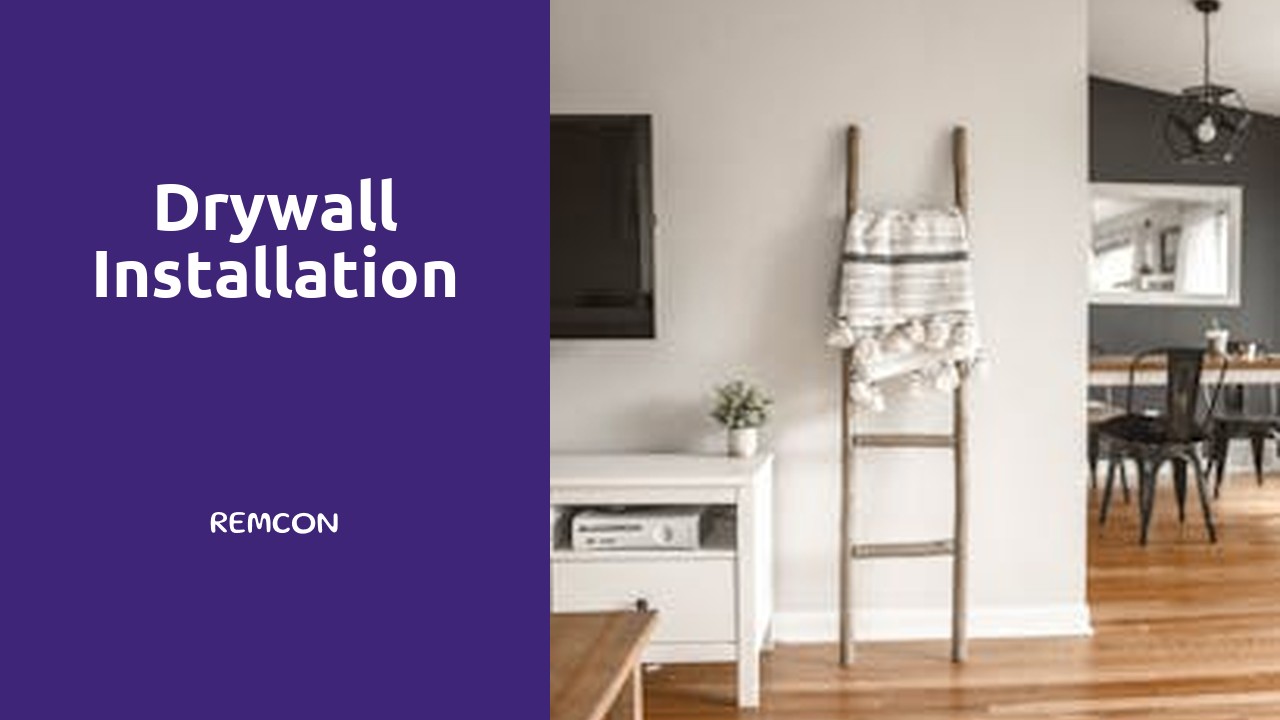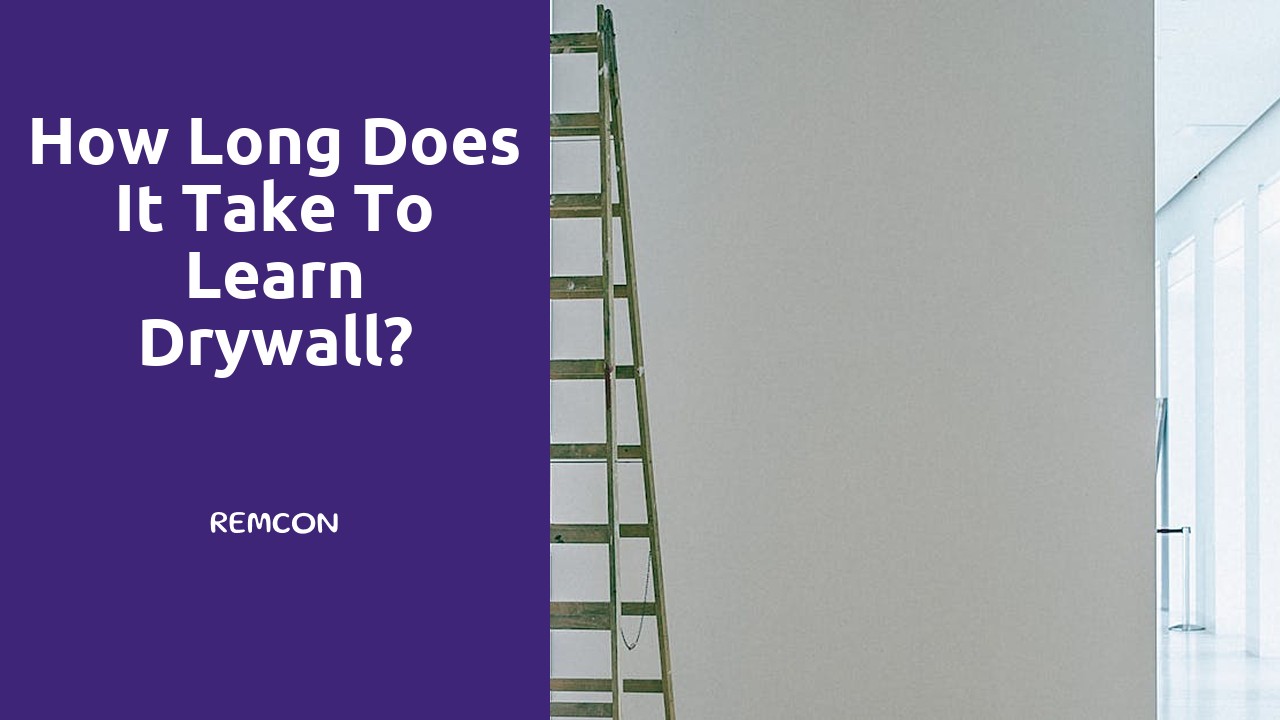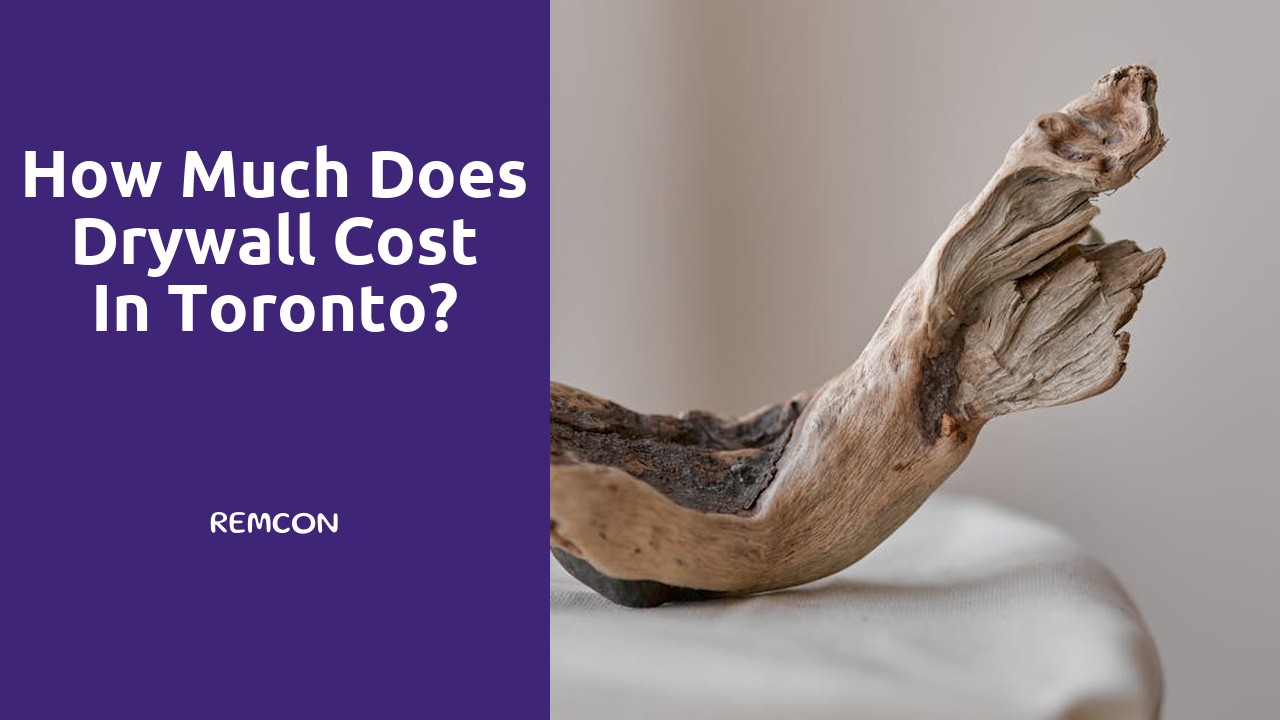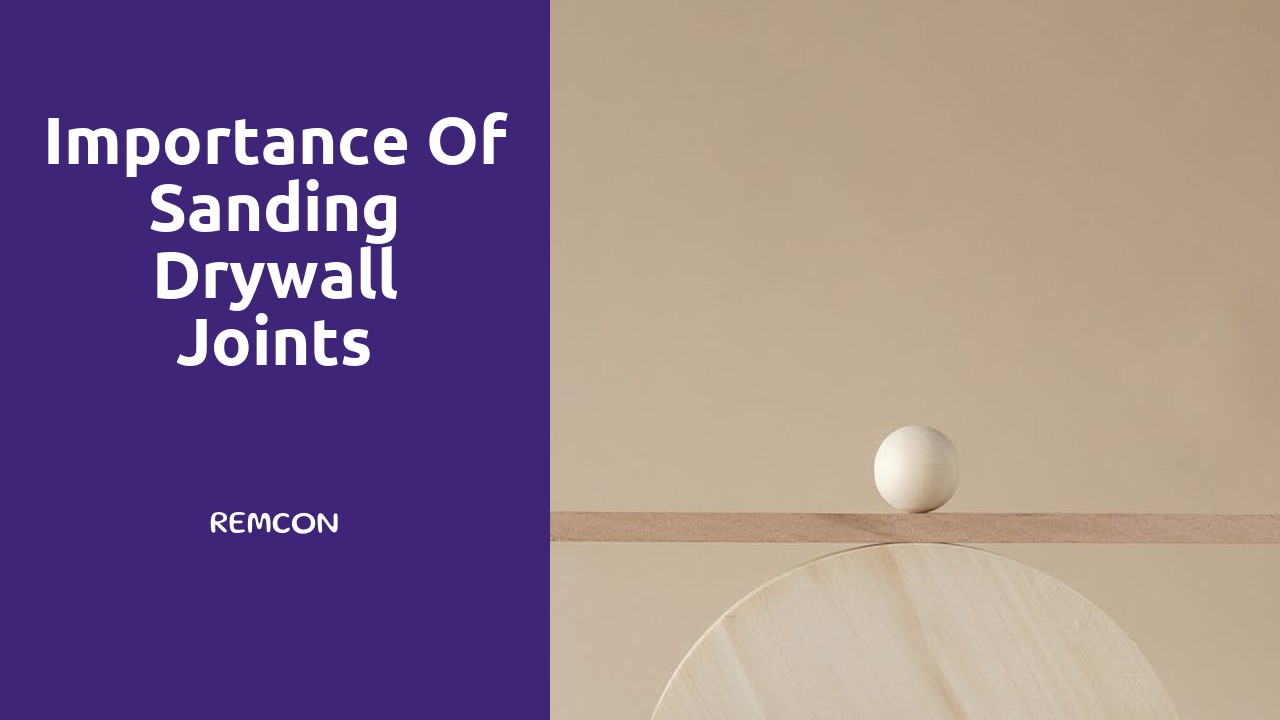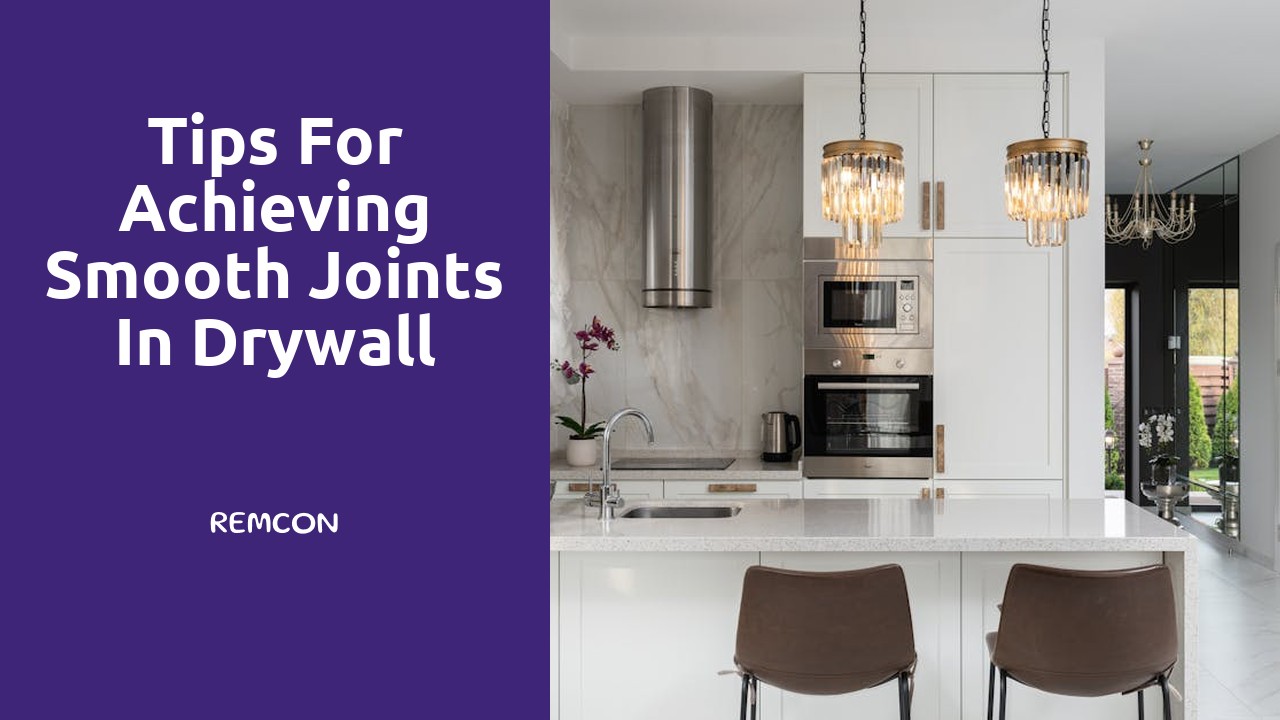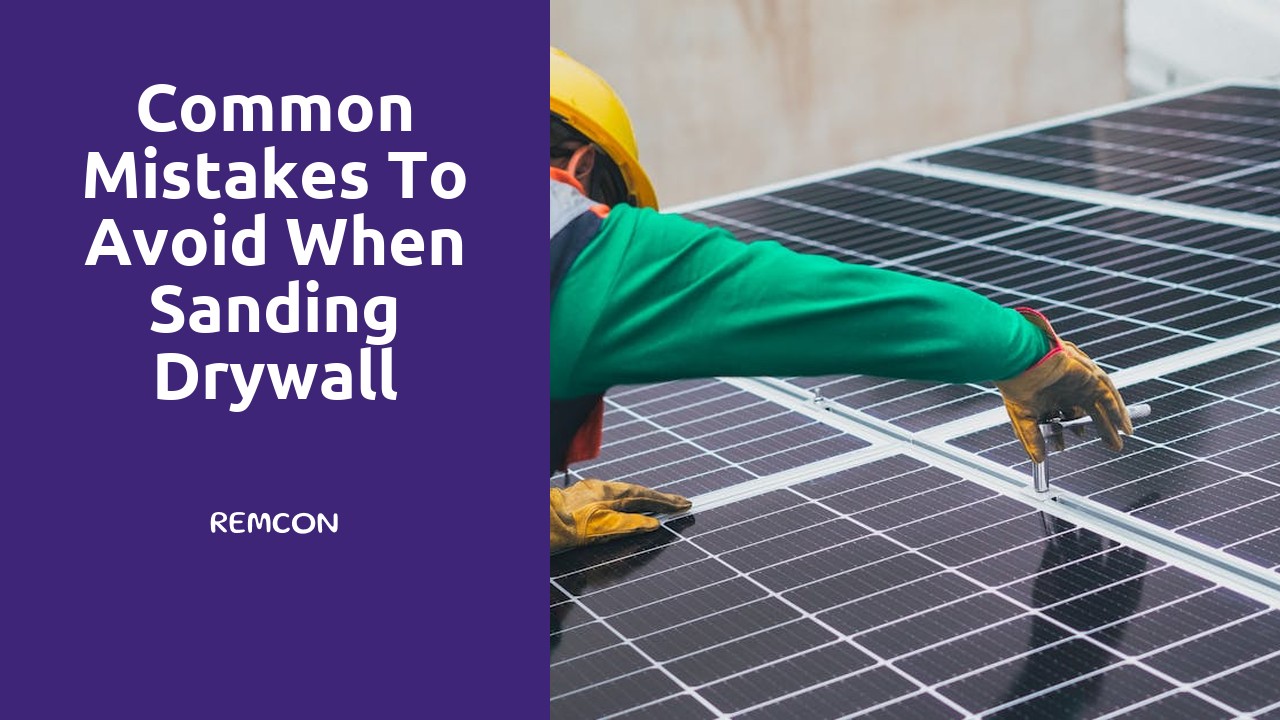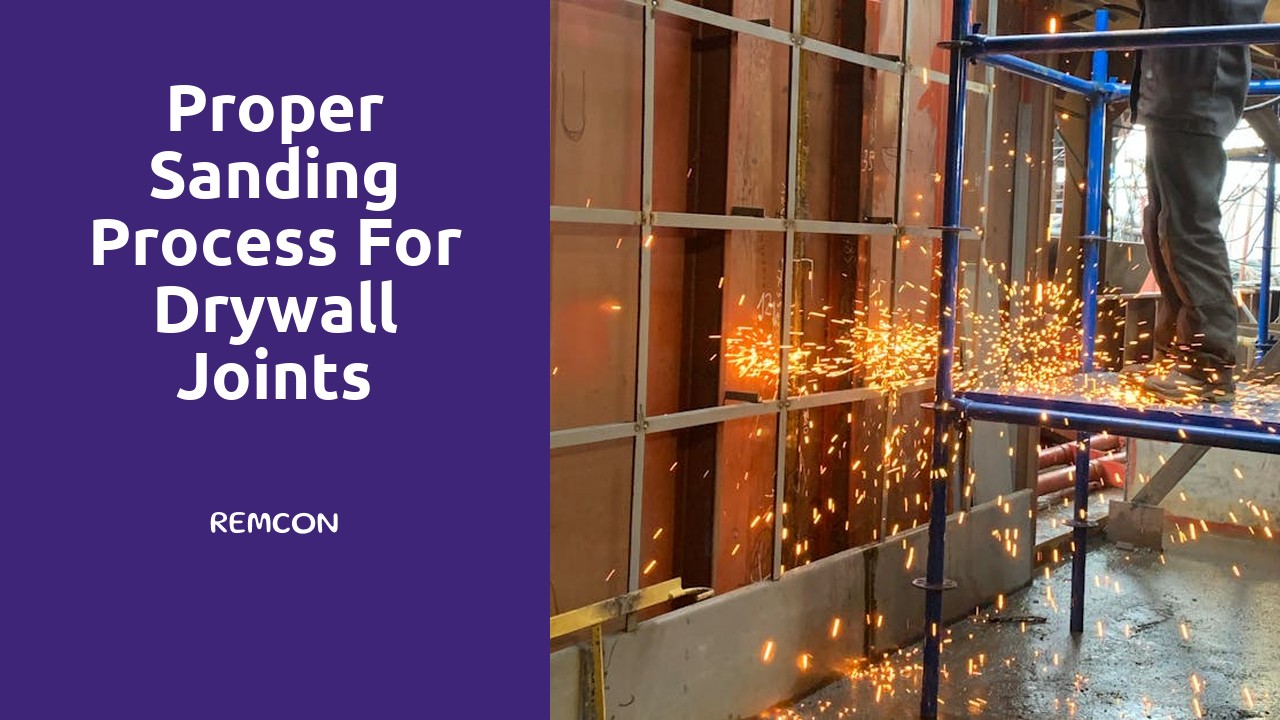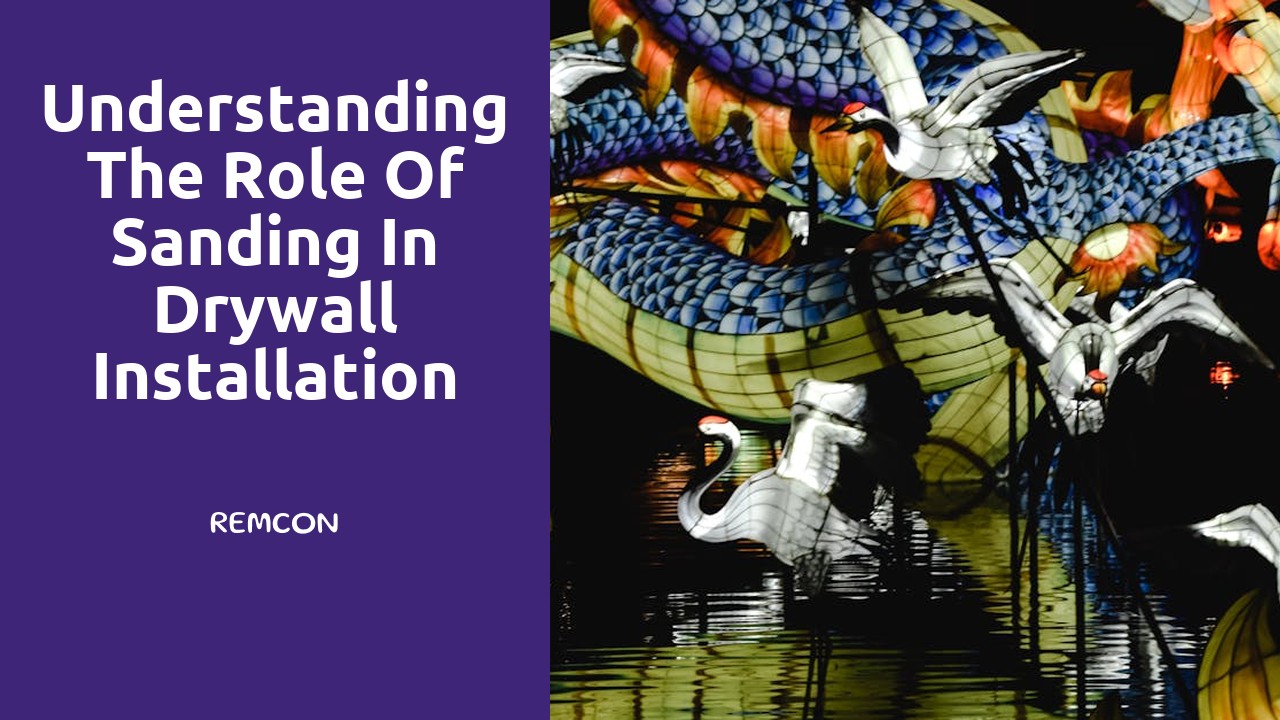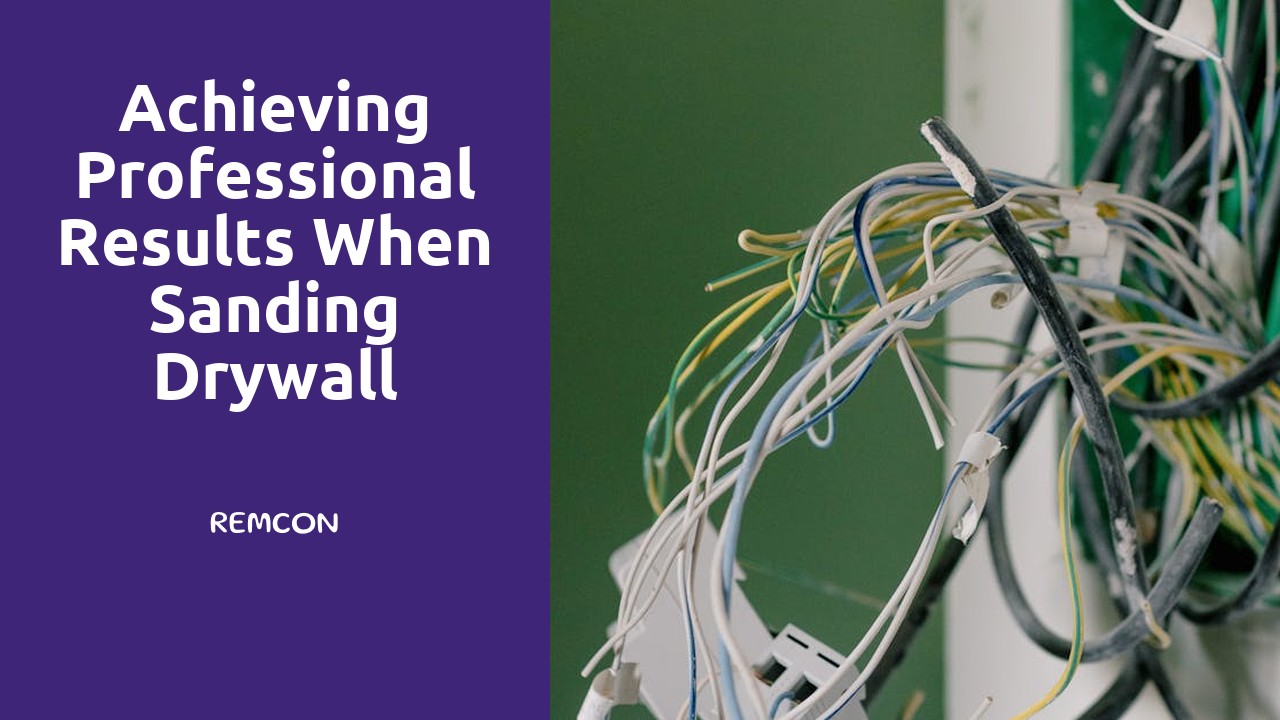
Table Of Contents
Common Mistakes to Avoid While Sanding Drywall Joints
When undertaking a Drywall Installation in Port Colborne, it is imperative to avoid certain common mistakes during the sanding process. One of the primary errors to steer clear of is over-sanding the drywall joints, as this can lead to the creation of low spots. These low spots can be quite challenging to rectify and may require additional coats of joint compound, resulting in a more time-consuming and costly repair process.
Another mistake to be mindful of is using inadequate lighting during the sanding process. Poor lighting can cause you to miss imperfections on the surface, leading to subpar results. It is crucial to have proper lighting set up to ensure that all flaws are identified and addressed effectively. By avoiding these common mistakes, you can significantly enhance the quality of your drywall finishing and achieve professional results that meet the standards of a Drywall Installation in Port Colborne.
Oversanding and Creating Low Spots
When sanding drywall joints, one of the most common mistakes DIYers make is oversanding, which can lead to creating low spots on the surface. It's important to remember that drywall is a delicate material and can easily be worn down with excessive sanding. This unevenness can be especially evident after priming and painting, highlighting any areas that have been oversanded. To prevent this issue, it's essential to sand with a light touch, gradually smoothing out the joints without removing too much material.
Drywall installation in Etobicoke requires a keen eye for detail to avoid oversanding and creating low spots on the surface. To ensure professional results, take breaks periodically to step back and assess the overall smoothness of the joints. Using proper lighting and feeling the surface with your hand can help detect any uneven areas that may need further attention. By being mindful of oversanding and taking the time to adequately prepare the joints, you can achieve a seamless finish that is ready for painting.
Finishing Touches for Professional Results
To achieve professional results in drywall finishing, it is essential to pay close attention to the final touches. Before proceeding with any touch-ups, thoroughly inspect the sanded joints for any imperfections. Minor cracks, bumps, or other inconsistencies may be present, requiring further attention. Drywall joint compound can be used to fill in any small imperfections. Remember to feather the edges of the compound to seamlessly blend it with the surrounding area. For a flawless finish, ensure each touch-up is allowed to dry completely before continuing with the next step in the process.
After addressing imperfections, it is vital to prepare the sanded surface for painting. Properly cleaning the area where sanding took place is crucial. Dust off any remaining particles with a dry cloth or a vacuum equipped with a brush attachment to ensure a smooth paint application. Following this, apply a primer to the sanded surface before painting. Primer helps the paint adhere better to the drywall, creating a more professional and long-lasting finish. By following these final steps diligently, you can achieve exceptional results in your Drywall Installation in Port Colborne project.
Inspecting and Touching Up Imperfections
After finishing the initial sanding of the drywall joints, it is crucial to inspect the entire surface for imperfections. Using a bright light source held at a low angle can help highlight any remaining bumps, ridges, or uneven spots. Run your hand over the area to feel for any inconsistencies that may not be visible at first glance. Pay close attention to transitions between joints and corners as these areas often require more fine-tuning. Once you have identified the imperfections, use a fine-grit sandpaper to gently smooth them out without removing too much compound. Remember to feather the edges of the patched areas to seamlessly blend them with the surrounding surface. Your meticulous attention to detail will ensure a flawless finish suitable for a professional Drywall Installation in Port Colborne.
After addressing any imperfections, it's time to touch up the sanded drywall joints to achieve a pristine appearance. Apply a thin layer of joint compound over the sanded areas using a taping knife, ensuring to feather it outwards to create a smooth transition. Allow the compound to dry completely before lightly sanding the surface with fine-grit sandpaper. Wipe away any dust with a damp cloth and inspect the area under different lighting conditions to ensure a seamless finish. By taking the time to inspect and touch up imperfections, you will be one step closer to achieving a professional result in your Drywall Installation in Port Colborne.
How to Prep Drywall for Paint After Sanding
After you have finished sanding the drywall joints in your Drywall Installation in Etobicoke, it is essential to properly prepare the surface before painting. Begin by thoroughly inspecting the sanded areas for any remaining imperfections such as ridges, bumps, or visible seams. Use a bright light at a low angle to detect any flaws that may still be present.
Once any imperfections have been identified, carefully touch up these spots by applying drywall joint compound with a putty knife. Feather the edges of the compound to blend it seamlessly with the surrounding area. Allow the compound to dry completely before lightly sanding it smooth. After sanding, use a damp cloth to wipe down the sanded areas to remove any dust or residue. Finally, apply a coat of primer to the entire sanded surface to ensure proper adhesion and a smooth finish for the paint.
Cleaning and Priming the Sanded Surface
After meticulously sanding the drywall joints to perfection, the next crucial step in the process is cleaning and priming the sanded surface. This step is vital in ensuring a flawless finish and a professional result for your Drywall Installation in Etobicoke. To begin, use a clean, damp cloth to wipe down the sanded surface and remove any dust or debris. It is important to be thorough in this step to avoid any particles interfering with the primer application. Make sure the surface is completely dry before moving on to priming.
Once the sanded surface is clean and dry, it is time to apply the primer. Choose a high-quality drywall primer that is specifically formulated for drywall surfaces. Using a paint roller, apply a thin and even coat of primer onto the sanded surface. Be sure to cover the entire surface area to create a uniform base for the paint to adhere to. Allow the primer to dry completely before proceeding with painting your Drywall Installation in Etobicoke. Properly cleaning and priming the sanded surface is essential for achieving a professional finish that will last for years to come.
FAQS
What are some common mistakes to avoid while sanding drywall joints?
Some common mistakes to avoid while sanding drywall joints include over-sanding, creating low spots, using the wrong grit sandpaper, and not feathering the edges properly.
How can over-sanding lead to creating low spots on drywall joints?
Over-sanding can lead to creating low spots on drywall joints because excessive sanding can wear down the joint compound unevenly, resulting in depressions or low areas that are difficult to correct.
What are some finishing touches that can help achieve professional results when sanding drywall joints?
Some finishing touches for achieving professional results when sanding drywall joints include inspecting and touching up imperfections, ensuring smooth transitions between joints, and using a high-quality primer before painting.
How should imperfections be inspected and touched up after sanding drywall joints?
Imperfections should be inspected by running a hand over the sanded surface to feel for any bumps or rough areas. To touch up imperfections, apply a thin layer of joint compound, sand lightly, and then feather the edges for a seamless finish.
What steps should be taken to prep drywall for paint after sanding the joints?
To prep drywall for paint after sanding the joints, clean the sanded surface to remove dust and debris, apply a coat of high-quality primer to seal the surface, and ensure proper drying time before painting for a flawless finish.
